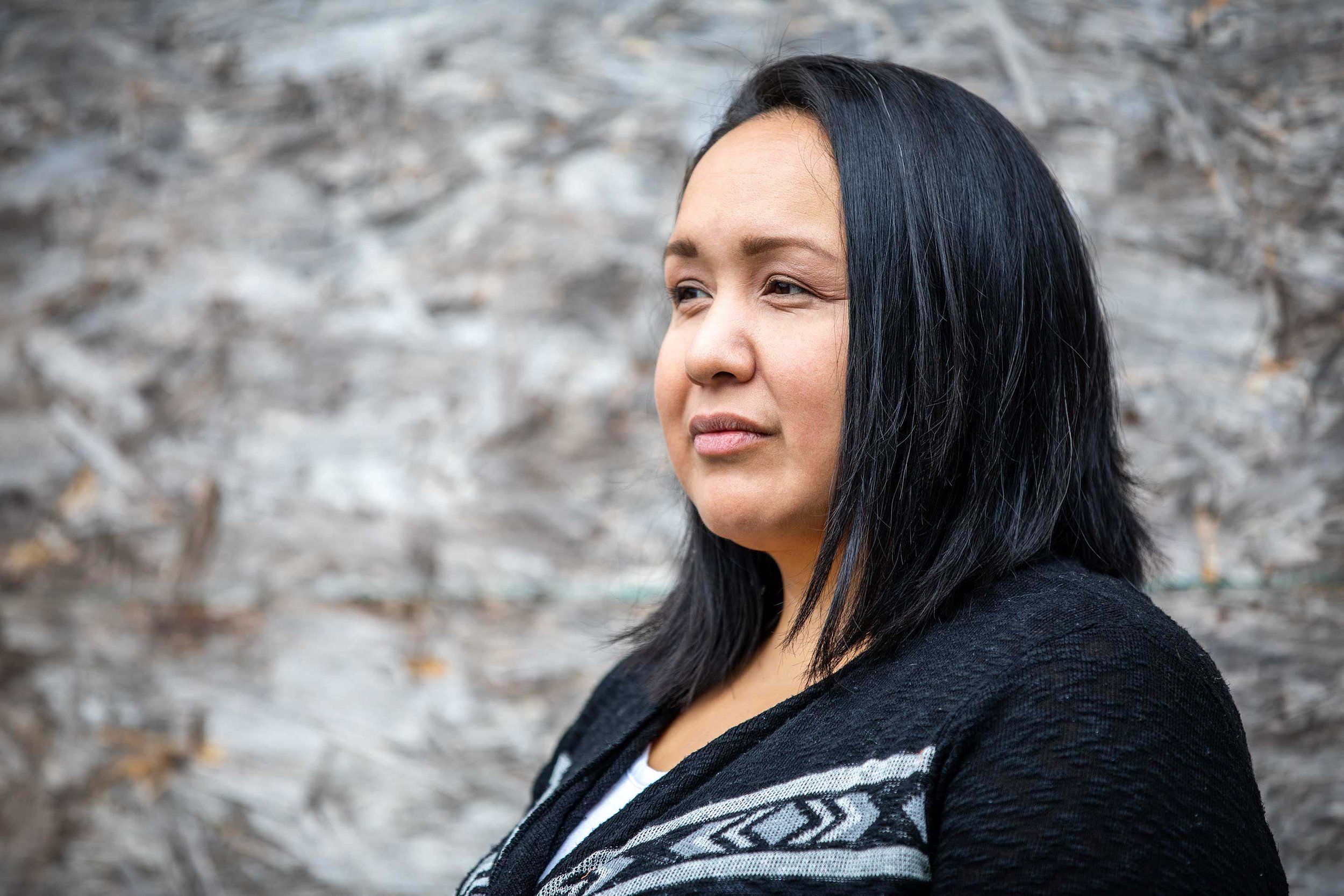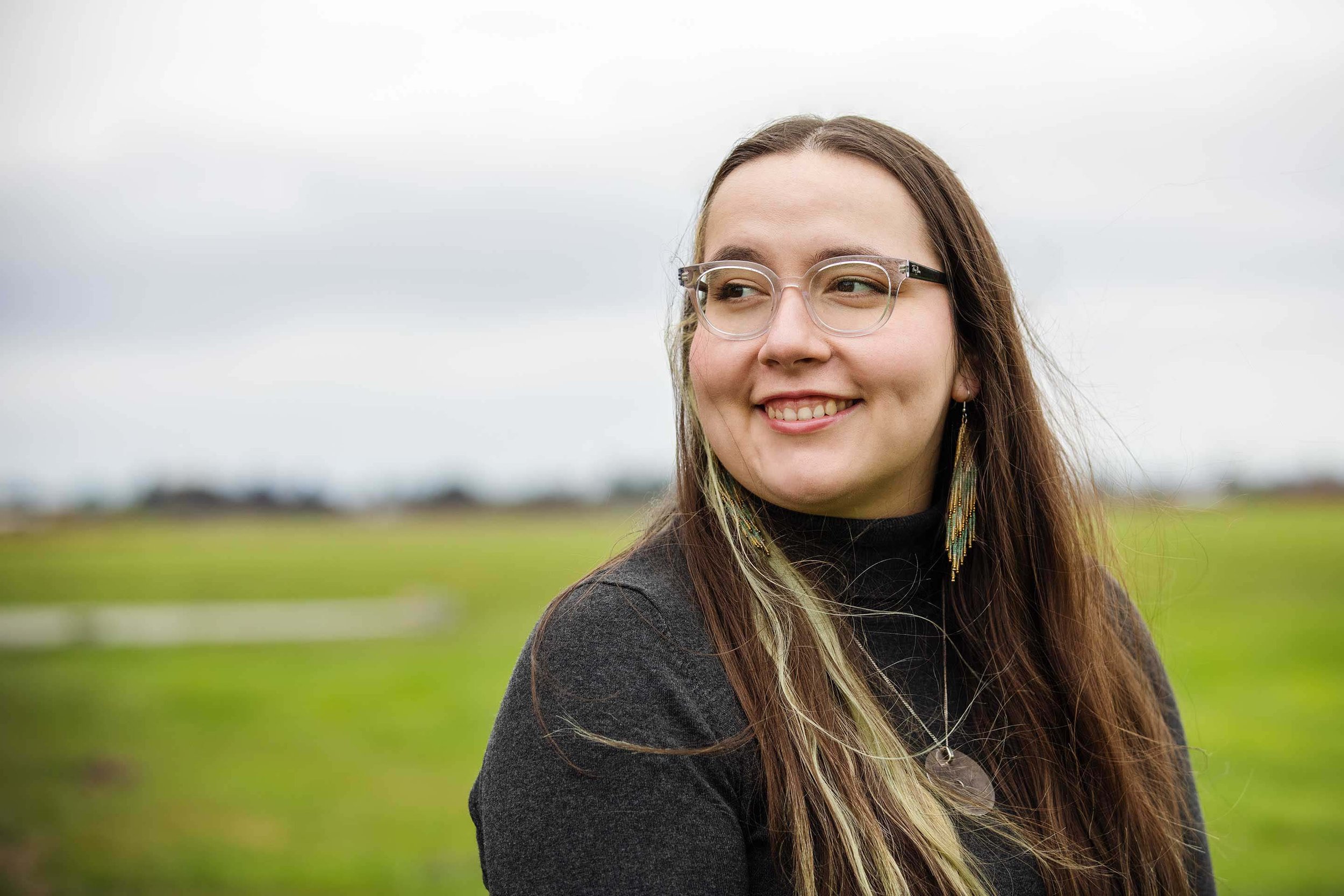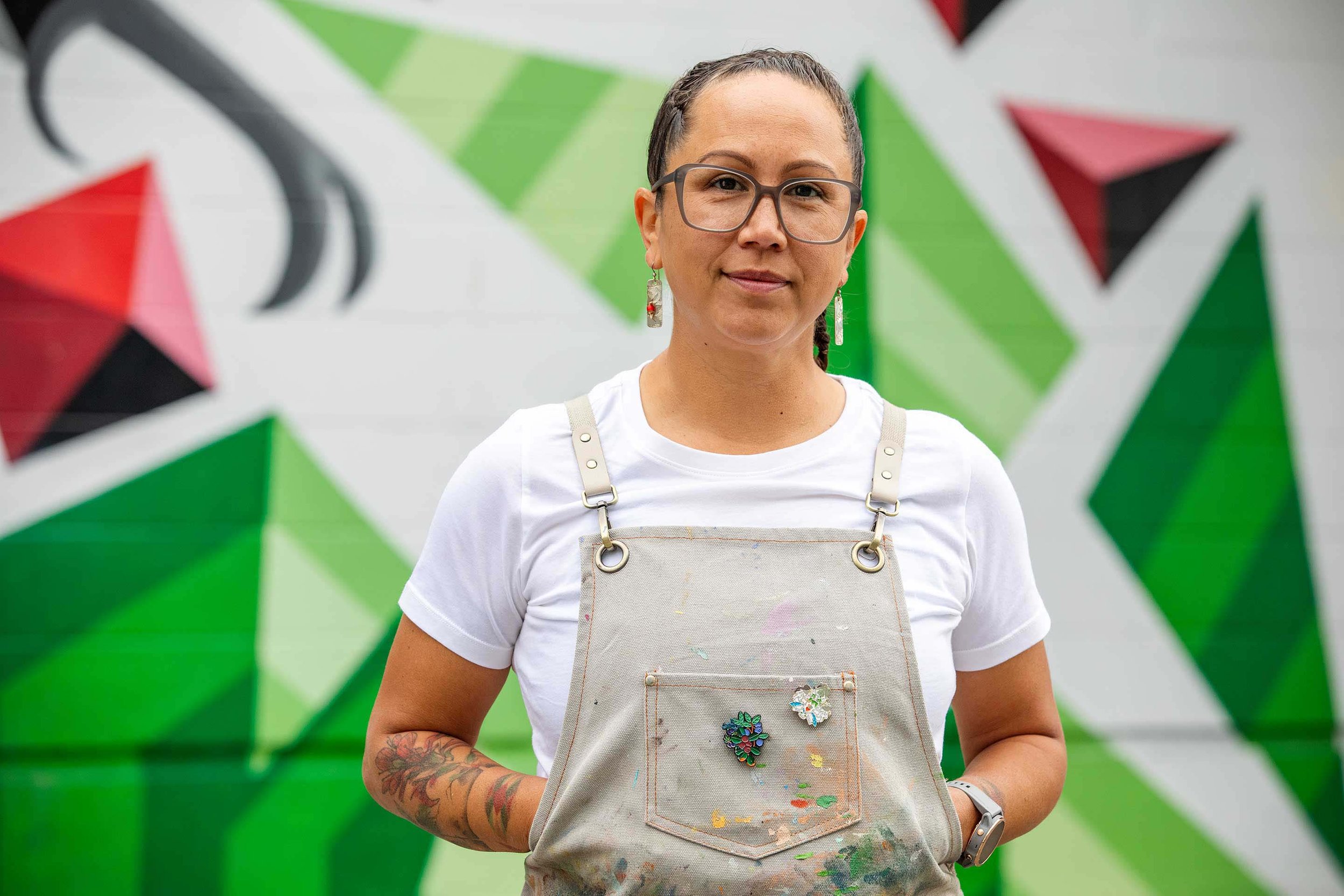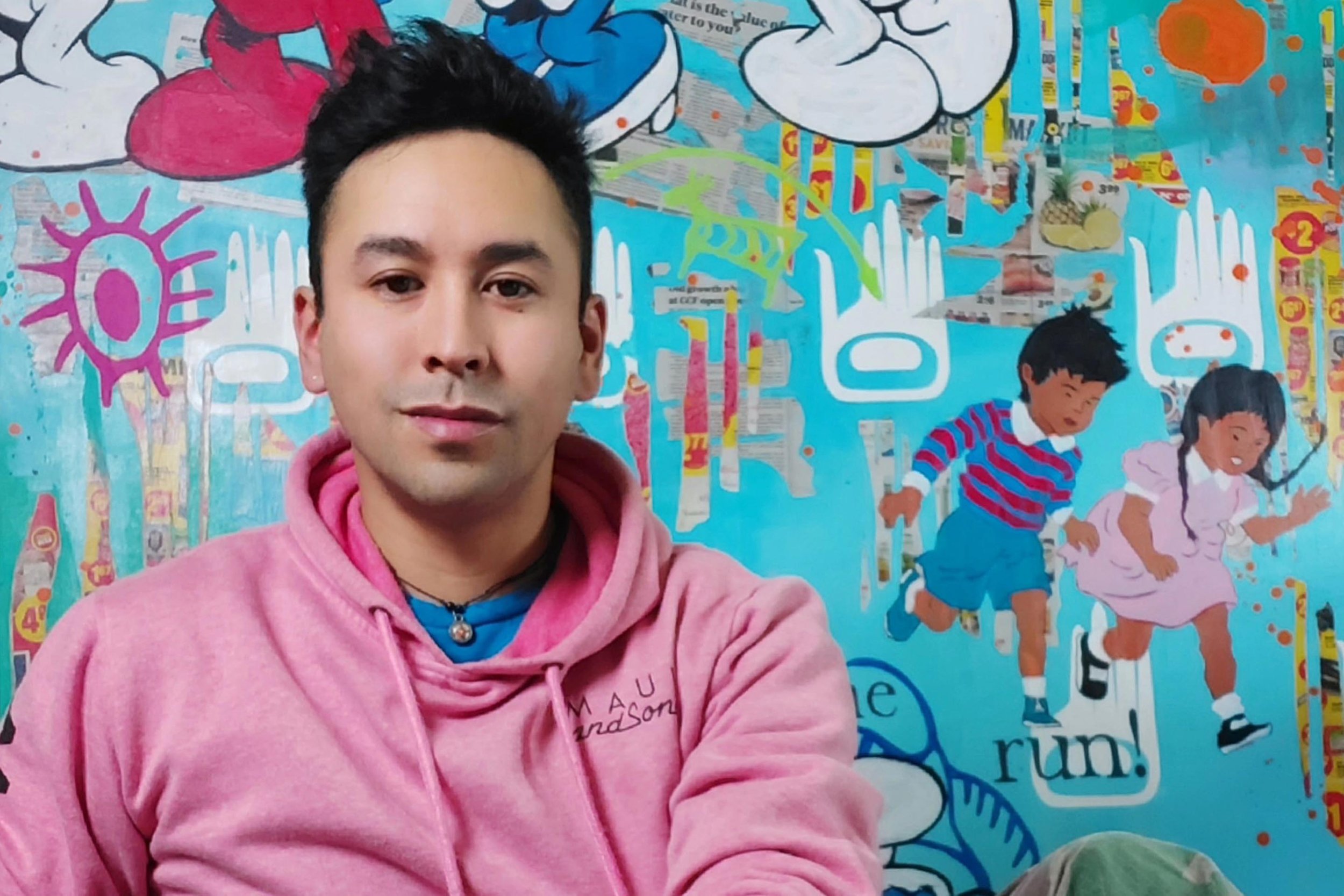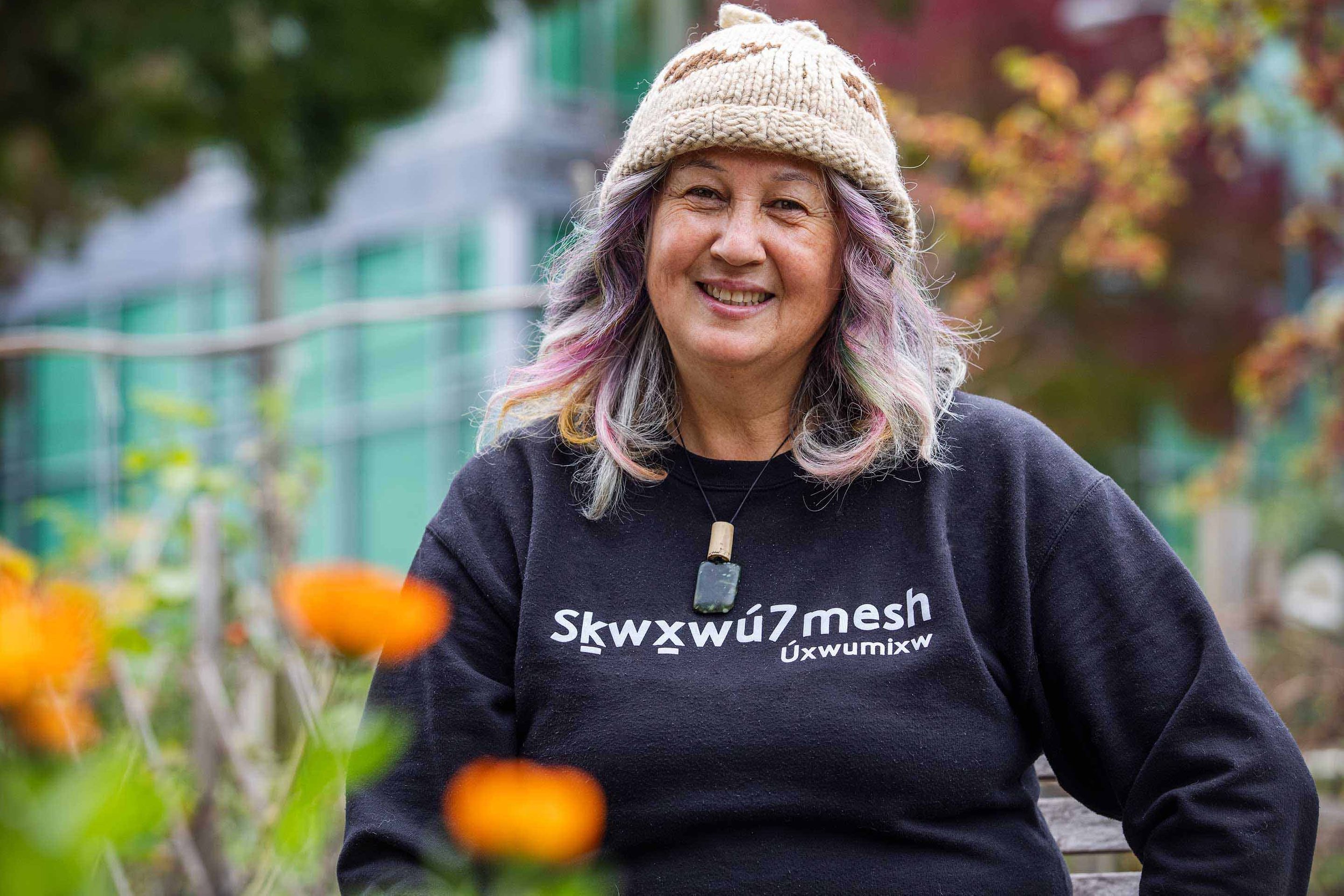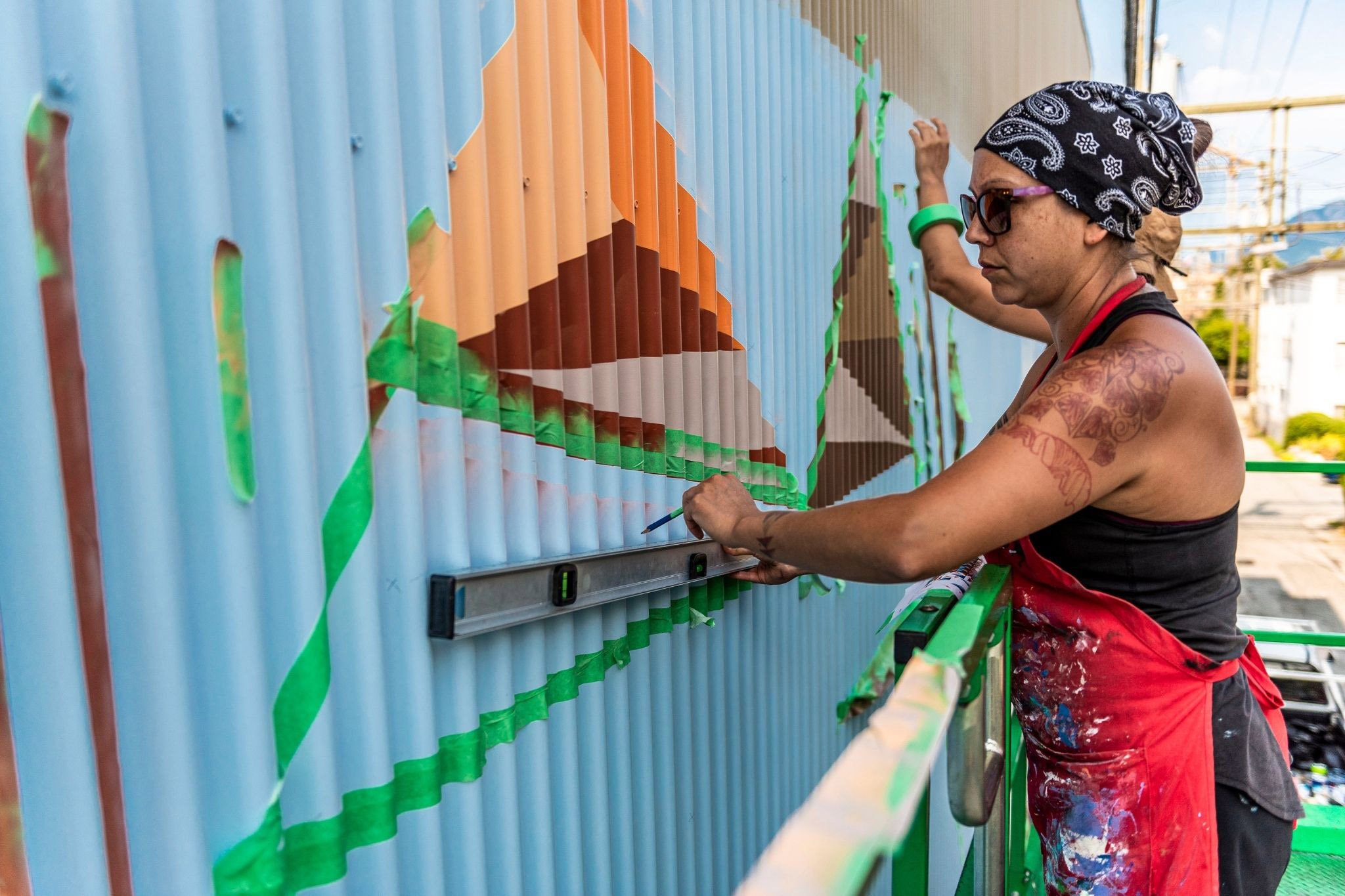
Indigenous Capacity Building Program
VMF has partnered with Rogers to expand support for Indigenous artists through the creation of an Indigenous Capacity Building Program. The focus of this program is to support the artists in becoming more visible online and for their work to be accessed on their own terms.
Partner
BUILDING CAPACITY
Since VMF’s inception in 2016, we have supported over 450+ artists to create public art within the city. As muralists in our festival, artists are provided production training; including lift training and support on producing their work at scale. Over the years of working closely with so many artists, we recognized there was a deep need for capacity building, to help further develop and strengthen skills, professional assets, and artistic resources in addition to technical training.
In the Indigenous art community, we were also hearing that emerging, mid-career, and established artists were seeking more support in building their career, be that through improved digital presence outside of social media, building marketing assets, or access to mentorship and further training. Currently, it can be difficult to find examples of local Indigenous artists’ work, bios, and CVs in one centralized place owned and controlled by the artist. Instead, many artists’ work is primarily found online through (non-Indigenous owned) galleries and websites.
Indigenous artwork is a key part of VMF’s curation each year. To date we have produced over 55 murals designed by Indigenous artists. As part of our commitment to observing local Musqueam, Squamish, and Tsleil-Waututh (MST) cultural protocol, the Festival’s annual guest curation program (which makes the majority of selections for the festival), guarantees a position to an emerging or established MST curator. With Rogers’ support, we have been able to further invest in the promotion and development of Indigenous artists through the creation of a pilot Indigenous Capacity Building Program. The focus of this program is to allow artists to be more visible online and to be accessed on their own terms.
PROJECT CONTEXT
The Indigenous Capacity Building Program is supporting five artists: Carrielynn Victor, Kelsey Sparrow, Levi Nelson, Siobhan Joseph and T’uy’t’tanat Cease Wyss. The program provides each artist with an easy to manage, new portfolio website, along with professional photography to help promote and document their work. They will also receive coaching on professional documentation practices for artwork, including 1:1 mentorship sessions with either curators, other senior artists or arts professionals, depending on the artists’ interests. Lastly, technical training is being given, with further support on creating art at scale.
“On the behalf of the Rogers team, I would like to congratulate these wonderful artists who will be able to get the help from our partnership with VMF to promote their work both locally and nationally. Giving back to our communities where we live and work is part of our DNA and we hope to make a difference by supporting youth, education, sports, and inclusion and diversity through volunteering, donations, community grants and sponsorship.”
– Rick Sellers, President of the B.C. region at Rogers
MEET THE ARTISTS
Siobhan Joseph
Squamish (Skwxwú7mesh)
Squamish (Skwxwú7mesh)
Read Bio +
Siobhan Joseph is an emerging multi-media contemporary Coast Salish artist who lives in Squamish BC. She is a Squamish Nation member and daughter of Master carver Delmar J. Joseph. Joseph started making art at a young age by watching her father draw and carve. During her adolescence, she experimented with acrylic paint on canvas, developing her own Coast Salish art form. Joseph started pursuing art full-time in 2014, before establishing her small business selling her Coast Salish designs. Working in a variety of mediums, her current work reflects the traditional style of the Indigenous Northwest Coast and the realistic portrayals of animals. Joseph holds a Bachelor of Fine Arts from the University of Manitoba and is currently studying at Emily Carr University of Art + Design.
Kelsey Sparrow
Musqueam (xʷməθkʷəy̓əm), Anishnaabe
Musqueam (xʷməθkʷəy̓əm), Anishnaabe
Read Bio +
Kelsey Sparrow is a Coast Salish and Anishnaabe multimedia artist based out of Vancouver BC. They work in ceramics, printmaking, wood carving, drawing, beading, and weaving. Their work often responds to their experiences as an Indigenous person through family histories, land and localities, grief, humour, and the gaze on Indigenous people in pop culture. They hold a Diploma of Fine Arts from Langara and started their Bachelor of Fine Arts at Emily Carr University of Art and Design. They have been awarded the YVRAF Emerging Artist scholarship in 2017 and the MISSHA and Northwest Coast Ceramics Foundation Award in 2019.
Carrielynn Victor
Chíyó:m First Nation (Cheam), Stó:lō, Coast Salish
Chíyó:m First Nation (Cheam), Stó:lō, Coast Salish
Read Bio +
Eastern Fraser Valley based artist Carrielynn is a descendant of Coast Salish ancestors that have been sustained by S’olh Temexw (their land) since time immemorial and Western European ancestors that settled around Northern Turtle Island beginning in the 1600s. Carrielynn was born and raised in S’olh Temexw and nurtured by many parents, grandparents, aunts and uncles. Along with owning and operating an art practice, Carrielynn maintains a communal role as a plant practitioner and is the Manager of Cheam First Nation’s Environmental Consultancy. The philosophy and responsibilities of these land-based communal roles are fundamental for informing the story, style and details of Carrielynn’s artwork. With ancient and modern design principles combined, Carrielynn’s professional artistic practice takes the form of murals, canvas paintings, drums, paddles and in recent years, illustrations for scientific reports and children’s books.
Levi Nelson
Lil’wat (Líl̓wat)
Lil’wat (Líl̓wat)
Read Bio +
Levi Nelson is an artist from the Lil’wat Nation located in Mount Currie, BC, Canada. He recently completed his undergraduate degree from Emily Carr University of Art + Design in Vancouver, with a focus in the Visual Arts. Nelson’s work can best be described as contemporary First Nations art, where he fuses Aboriginal elements and ideas concerning Indigeneity, with pop culture imagery through the traditional Western practice of oil painting, in addition to mixed media; integrating silkscreen, paint, and collage on canvas. Nelson is the recipient of the 2021 John C. Kerr Chancellor Emeritus Award for Excellence in Visual Arts, the 2018 IDEA Art Award, and received an Honorable Mention for his painting Nations in an Urban Landscape, 2019 for the 2021 ECU Graduation Award for Anti-Racism & Social Justice. His work is a part of the Permanent Collections of the Audain Art Museum Whistler and The VGH & UBC Hospital Foundation Art Collection, as well as numerous important Private Collections in the Lower Mainland and across Canada.
T’uy’t’tanat Cease Wyss
Squamish (Skwxwú7mesh)
Squamish (Skwxwú7mesh)
Read Bio +
T’uy’t’tanat Cease Wyss (Skwxwu7mesh, Sto:lo, Hawaiian, Swiss) is an educator, interdisciplinary artist and Indigenous ethnobotanist engaged in community based teaching and sharing. Throughout Wyss’s 30 year practice, Wyss’s work encompasses storytelling and collaborative initiatives through their knowledge and restoration of Indigenous plants and natural spaces. Wyss has been recognized for exchanging traditional knowledge in remediating our relationship to land through digital media, site-specific engagements and weaving. Wyss has participated and exhibited at galleries, museums, festivals and public space such as Vancouver Art Gallery, Morris, Helen Belkin Art Gallery, Contemporary Art Gallery and the PuSh Festival to name a few. Their work can be found in various collections such as the National Library of Canada, Special Collections at the Walter Phillips Gallery, and the Vancouver Public Library. They have lead the transformation of Semi-Public (半公開) during their Fellowship at 221a and they are the 2021 ethnobotanist resident at the Wild Bird Sanctuary. They have assisted in developing an urban Indigenous garden currently showing at the 2021 Momenta Biennale in Montreal.



